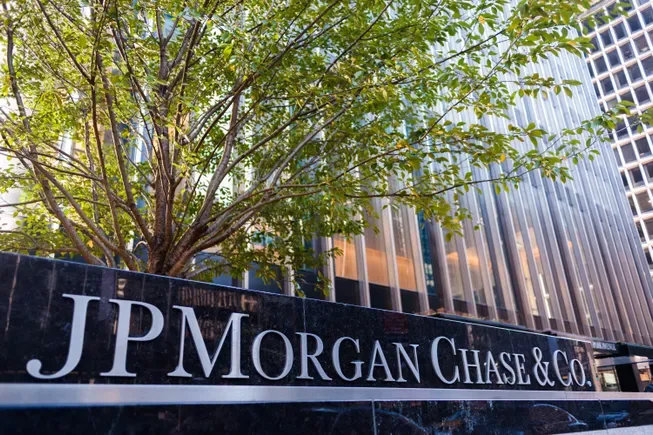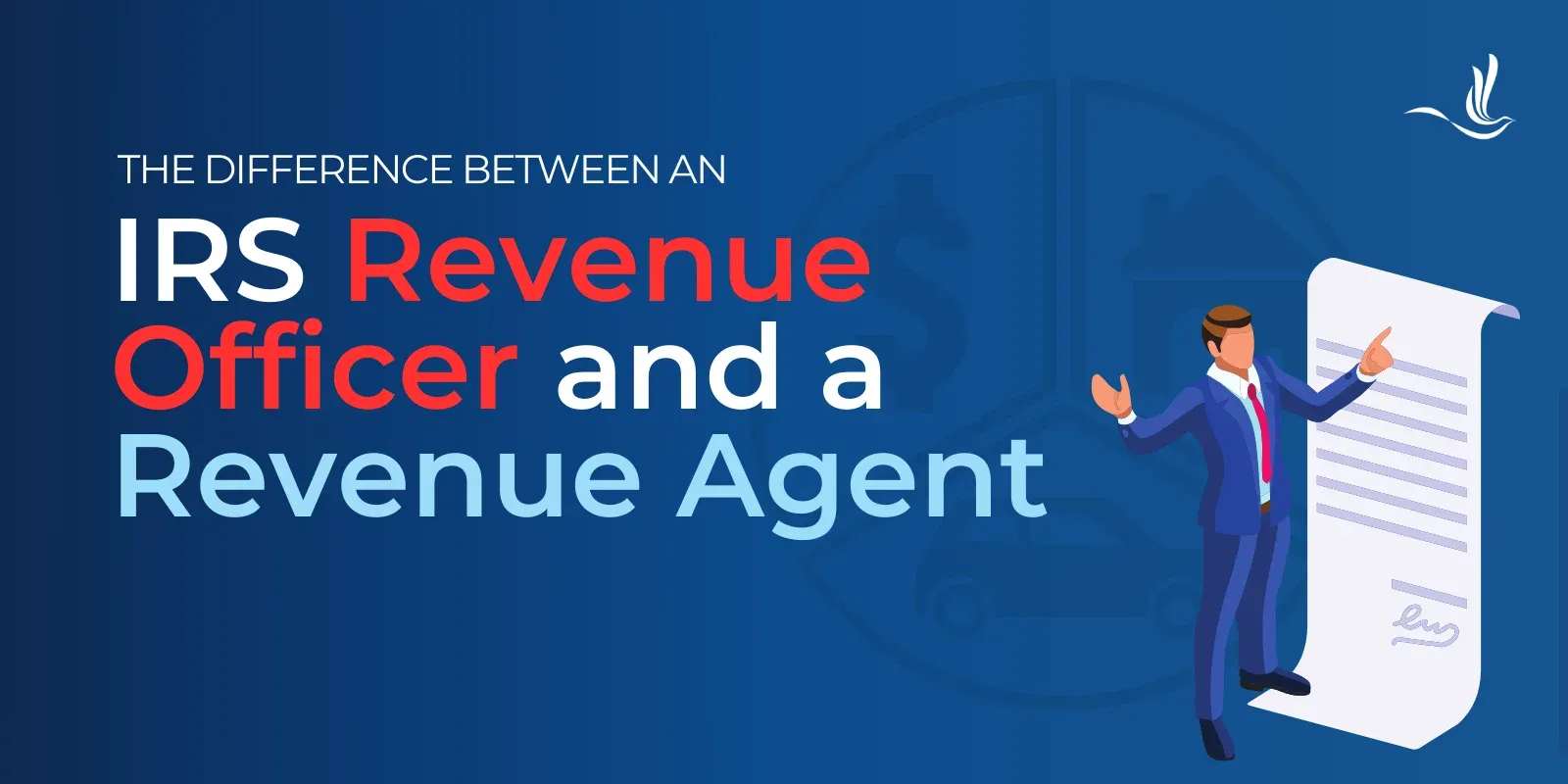Editor’s Note: Kaiser Permanente employees in California and Texas have historically been blocked from receiving PSLF, but that could change starting July 1, 2023. Under new proposed changes to the PSLF program, physicians and others working at not-for-profit employers like Kaiser who have been barred from being directly employed by these organizations under state law could now have a pathway to having their loans forgiven. The Biden administration cited the example of physicians working in settings like Kaiser Permanente in California and Texas specifically as inspiring this rule change. We will update this article further when we see formal regulations published.
I recently received the email below from a reader.
It describes how many physicians are not qualifying for the Public Service Loan Forgiveness Program (PSLF) because of laws in their state regarding who can employ doctors:
I think you should devote one blog to what type of Doc employers would qualify for the PSLF program. Obviously, a physician would qualify if employed directly by the VA [Department of Veterans Affairs], a City or State clinic or hospital, or a state or federal operated correctional facility that meets the 501(c) / govt employment requirement.
However, many physicians’ employment relationship are through a group practice that contracts with a specific health care organization. The biggest being Permanente which contracts with Kaiser.
The health care organization may indeed be a non-profit but the doctor actually works for a profit based group practice and is not eligible for PSLF. This entire issue needs clarification and ‘exposure.’”
In this article, we’ll dive in to the obstacles that face healthcare professionals when for-profit group practices or hospitals are their employers.
We’ll also explain how they could still qualify for some student loan cancellation through federal programs or employer-sponsored programs like the Kaiser Loan Repayment program.
Download the Best Student Loan Calculator1. Why and where are physicians having trouble getting employment through nonprofit hospitals? 2. How to handle your loans when your residency is at a for-profit hospital 3. Who shouldn’t be on PSLF if employed at a for-profit group practice affiliated with a hospital? 4.
Many non-PSLF-qualifying hospitals are in community property states 5. Look into non-PSLF forgiveness programs if you’re at a non-qualifying hospital
Why and where are physicians having trouble getting employment through nonprofit hospitals?
There’s a fantastic explanation of the physician PSLF employment problem in the initial version of the Aim Higher Act that House Democrats proposed in 2018:
The Aim Higher Act also makes it explicit that physicians working at a non-profit hospital or other health care facility in states that prohibit the direct hiring of these individuals, such as California and Texas, can also have their loans forgiven through PSLF.”
University hospitals in states like California and Texas have no such problem. They can hire clinicians directly since they’re faculty members. That’s why physicians in California who meet the PSLF loan criteria almost always work at places like the VA, UCLA or the University of Southern California (USC) instead of Kaiser Permanente.
For whatever reason, certain state laws in places like Texas and California prevent hospitals from employing physicians and nurses directly.
This probably originated from fears that physicians would lose compensation and/or autonomy.
Think of the big business of nonprofit hospital chains. Physicians have clearly seen their independence and pay take a hit. And the profits are disproportionately going to the hospitals.
This probably started as a protective measure by physicians. But it has ended up hurting younger, highly-indebted physicians who could have gotten PSLF if not for this bizarre rule.
How to handle your loans when your residency is at a for-profit hospital
Another issue is that there are huge hospital chains like the Hospital Corporation of America (HCA) that don’t meet the eligibility requirements for PSLF.
Why? Because they are for-profit entities. Here’s what one physician reader wrote to us:
Unfortunately my residency was sponsored by a for-profit hospital chain and I could not qualify for PSLF status although the funding for residency was through government-sponsored Medicare. I am currently employed by a non-profit hospital chain.
But my group practice is a for-profit organization. So PSLF is not available.”
A reader suggested looking at Sound Physicians and EmCare as other examples of for-profit physician groups that lack PSLF eligibility. It’s impossible to make qualifying payments for PSLF while working for any of these groups. So should these doctors just refinance during residency?
Not so fast.
First, using an Income-Driven Repayment plan during residency would probably have been the best choice. REPAYE, for example, gives interest subsidies that often result in the effective interest cost being lower than what you’d get by refinancing as a resident.
Also, there’s a chance a resident at a for-profit hospital could get an attending job at a not-for-profit hospital. In almost every case I’ve seen, physicians in this situation with more than $200,000 in loans should still utilize PSLF instead of refinancing. But what if you start at a for-profit hospital for residency and follow that with a non-qualifying job as an attending?
In that case, getting PSLF will be very challenging.
Utilize PAYE or REPAYE as a holding strategy for your loans
Imagine this scenario: Congress passes a law that makes all nonprofit hospitals count for PSLF, even if you’re employed by a for-profit group. If you had refinanced within the past few years, you’d feel pretty annoyed at not being eligible for the hundreds of thousands in potential forgiveness you could have gotten.
This is a real risk for Kaiser Permanente physicians and others employed in for-profit group practices contracted to not-for-profit hospitals.
Let’s take a look at an example outside of California or Texas. I had a physician client in the Midwest who was a part of the last physician group not brought under the hospital’s umbrella. The plan was that they would be employees within a few years.
In his case, I suggested forbearance while he waited, since none of his payments were PSLF-qualifying.
You could certainly do that, but then the interest compounds. And you only get three years of total forbearance to use in the first place.
So most physicians seeking loan forgiveness while employed at Kaiser Permanente could enroll in an IDR plan to keep the interest costs down. REPAYE or PAYE are two popular options. Both qualify for PSLF.
Perhaps because they understand the awful student loan position that their workforce is in, some of the hospitals that don’t qualify for PSLF offer their own loan repayment programs.
They’re not likely to be anywhere near as lucrative as PSLF. But, they could still help you pay off thousands of dollars of student loan debt. We provide the details for one of the most well-known of these programs below — the Kaiser Loan Repayment Program.
Kaiser Loan Repayment Program
The main Kaiser Loan Repayment Program will pay up to $20,000 of student loans for its medical personnel. RNs, nurse practitioners, or any other medical professions that require a bachelor’s or master’s degrees, can receive up to $10,000.
Doctors, meanwhile, can qualify for the full $20,000 through the Kaiser Loan Repayment Program.
If you happen to be attending the Kaiser Permanente School of Allied Health Sciences , you may be able to apply for a forgivable loan through the Kaiser Permanente Student Financial Aid Program. To qualify, you must be a Diagnostic Medical Sonography student. Loan sizes range from $9,000 or $18,000 per recipient to help cover the cost of tuition. You do not need to demonstrate financial need.
To have your loans forgiven, you’ll need to secure a qualifying employment position with Kaiser Permanente in Northern California.
The maximum amount of forgiveness per year of employment is $3,375. The application deadline for this loan program is typically set for the end of March.
The Kaiser Loan Repayment Program is just one example of the types of employer-provided programs that may be out there. If you’re currently working for a for-profit hospital, it might be prudent to explore these options instead of refinancing. You can take advantage of a private student loan repayment program today while retaining eligibility for PSLF.
Who shouldn’t be on PSLF if employed at a for-profit group practice affiliated with a hospital?
First, it’s important to understand that only Direct Loans qualify for PSLF.
If you have other types of federal student loans, such as Federal Family Education Loans (FFEL) or Perkins Loans, they aren’t eligible. However, if you consolidate them into a Direct Consolidation Loan, they will become eligible.
For sake of example, we’ll assume that you took out Direct Loans to pay for your school. Still, if your student debt-to-income (DTI) ratio is below 0.5, you’ll have a hard time getting much of your debt forgiven if you’re an attending at a place like Kaiser Permanente.
If you have a DTI ratio over 2-to-1 as an attending, you likely have a ton to gain if PSLF happens. You might even be better off going for loan forgiveness under PAYE or REPAYE in the private sector.
IDR forgiveness takes 20 to 25 years.
Borrowers with a debt-to-income ratio between 0.5 to two should make the decision based on their individual situation. Preferably, it would be after consulting with a group like ours. Before refinancing, a physician at a non-PSLF-qualifying hospital with a DTI over two definitely needs a professional review before jumping into refinancing.
Ask Me About Your Medical School Student LoansMany non-PSLF-qualifying hospitals are in community property states
No offense to Texas and California, but the more I learn about these states’ rules, the more complicated it gets.
Both states are community property states. In these states, you can utilize something like the breadwinner loophole to cut your monthly payments by as much as half compared to someone living in a regular state like New York.
That means a lot of Kaiser physicians will refinance when they could put their loans onto a plan like PAYE.
And they’d be potentially giving up large student loan forgiveness benefits that don’t even involve PSLF.
Look into non-PSLF forgiveness programs if you’re at a non-qualifying hospital
Many more physicians could benefit from the 20 to 25-year private sector forgiveness available under PAYE and REPAYE.
Yes, you may have to pay taxes on the forgiven balance. But a pediatrician with a $300,000 loan balance working at Kaiser Permanente might pay the same amount under PAYE as with a 10-year private refinance. But it would be over twice as many years. That would result in a lower total cost in today’s dollars by as much as six figures.
Clearly, the options are more complex for physicians at non-PSLF-qualifying hospitals.
If you have more than $200,000 of student debt, you probably need a custom student loan plan. Book a consultation with a Student Loan Planner® here.
Have questions about your loans? Or do you have questions about programs provided by for-profit groups such as the Kaiser Loan Repayment Program? Comment below!
Get a Student Loan Plan Refinance student loans, get a bonus in 2022 1 Disclosures $1,050 BONUS1 For 100k+. $300 bonus for 50k to 99k.1 VISIT LAUREL ROAD Variable 2.50-6.80%1 Fixed 4.49-6.90%1 2 Disclosures $1,000 BONUS2 For 100k+. $300 bonus for 50k to 99k.2 VISIT SPLASH Variable 2.49-8.90%2 Fixed 3.29-8.49%2 3 Disclosures $1,000 BONUS3 For $100k or more. $200 for $50k to $99,9993 VISIT SOFI Variable 3.99-8.99%3 Fixed 3.99-8.99%3 4 Disclosures $1,000 BONUS4 For 100k or more. $200 for 50k to $99,9994 VISIT EARNEST Variable 3.24-7.99%4 Fixed 3.99-8.99%4 6 Disclosures $1,275 BONUS6 For 150k+.Tiered 300 to 575 bonus for 50k to 149k.6 VISIT ELFI Variable 2.48-7.24%6 Fixed 4.29-7.29%6 7 Disclosures $1,250 BONUS7 For $100k or more. $100 to $350 for $5k to $99,9997 VISIT LENDKEY Variable 1.90-5.25%7 Fixed 2.49-7.75%7 8 Disclosures $1,250 BONUS8 $350 for 50k to 100k8 VISIT CREDIBLE Variable 2.48-9.92%8 Fixed 2.40-10.11%8 Not sure what to do with your student loans?
Take our 11 question quiz to get a personalized recommendation of whether you should pursue PSLF, IDR forgiveness, or refinancing (including the one lender we think could give you the best rate).
Take Our QuizOriginal Article






